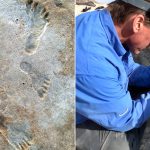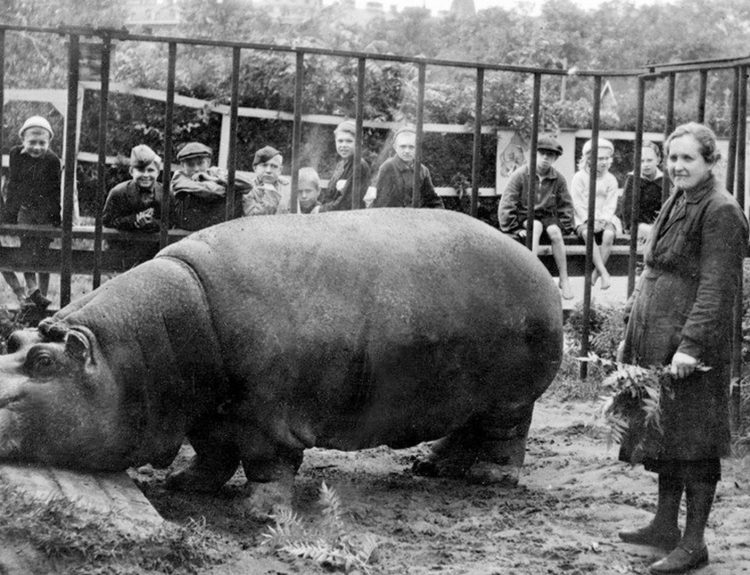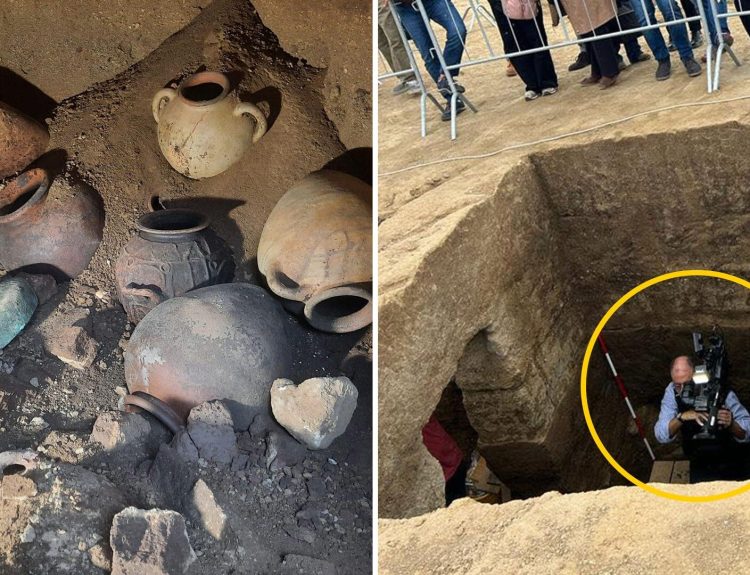Stories of hidden cities and secret tunnels are the fodder of many stories. C.S. Lewis based an entire book plot off the idea of a hidden doorway in a wardrobe, and it’s an idea that has enchanted people for decades. The reality of secret cities and societies can be even more fascinating than the fantasy, though, and news out of Turkey has revealed something extraordinary.
An Important Country For a Hundred Reasons
Turkey is a Middle Eastern country located between Southeast Europe and West Asia. It is one of the world’s earliest permanently settled regions, and the history of Turkey has a great deal of significance to the world in a variety of subjects.

Turkey holds a great deal of significance as far as religious and architectural history, and is very important to various cultures who make their home there. It is also the home of several important Neolithic sites, and historians and archaeologists have been visiting Turkey to study various aspects of our ancient world for decades.
Full of Religious Battles and Conflict
Its historical and cultural significance to many different types of people mean that Turkey’s history is one that is sometimes fraught. Turkey has been the site of many religious and cultural conflicts over nearly 40,000 years of history, and the significance of many of its events are still being studied today.

Over the years, Turkey has been the home to Greeks, Romans, Persians, Jews, Muslims, and Christians. Its history has been full of wars over faith and territory, and tensions between different religions in Turkey can be tense even in modern day.
A Vast History
The Anatolian peninsula, which is a land mass that comprises most of modern Turkey, is the oldest permanently settled region in the world. Many different types of people lived on this land mass, and it’s thought that some of the early languages of the peninsula are where many Indo-European languages came from.

Starting in 1200 BCE, the Anatolian coast was settled by Greeks, who founded many important cities such as modern-day Istanbul and Miletus. They remained rulers over the land until it was captured by the Persian Empire in the 6th century BCE, after which the Greco-Persian Wars started in 499 BCE.
Romans Entering the Picture
The area fell to Alexander the Great in 334 BCE, which led to increasing cultural homogeneity in the area as native people were eradicated by the Romans. After Alexander’s death in 323 BCE, the aread was divided into smaller regions that later became a part of the Roman Republic.
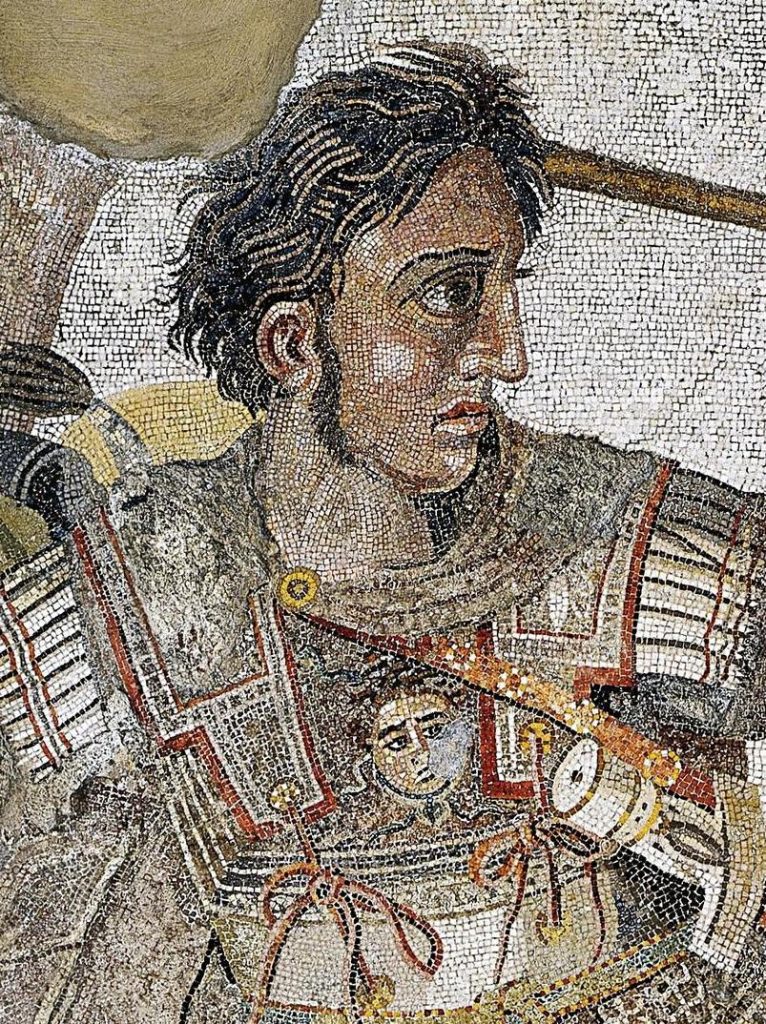
For several hundred years following, ownership of the area was contested by the Romans and the Parthians in the Roman-Parthian Wars. This kicked off nearly 700 years of conflict between the Romans and the Persians, which was eventually ended by the fall of the Sasanian Empire and massive losses in the Byzantine Empire.
An Early Center of Christianity
During the reign of the Roman Empire, a city in Southern Turkey is where the followers of Jesus were first called “Christians.” According to tradition, the Assumption of Mary took place in this region, and the Apostle John was present there as well.
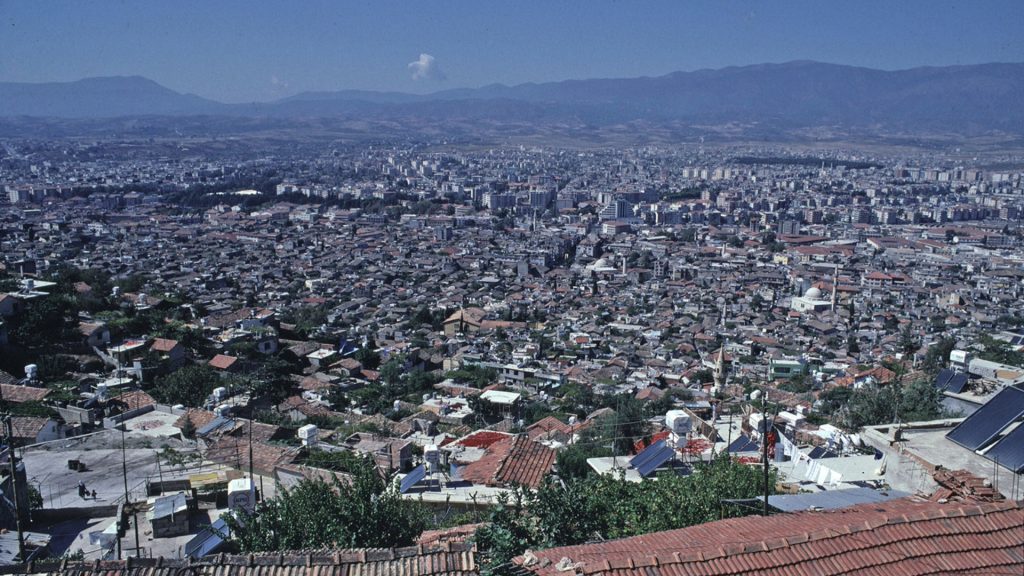
Turkey became an even more important center of Christianity during the Byzantine Empire, when Constantine the Great chose the city of Byzantium for the new capital of the Roman Empire. Constantine supported Christianity with generous privileges under his reign, allowing the power of the Christian Church to increase.
Multiple Empires Reigned
The Byzantine Empire was the most powerful economic, military, and cultural forces in Europe during its reign, which spanned until the late Middle Ages. The end of the Reconquista, which was a series of battles between Christians and Muslims, marked the end of the Byzantine empire, and the beginning of the formation of the Ottoman Empire.
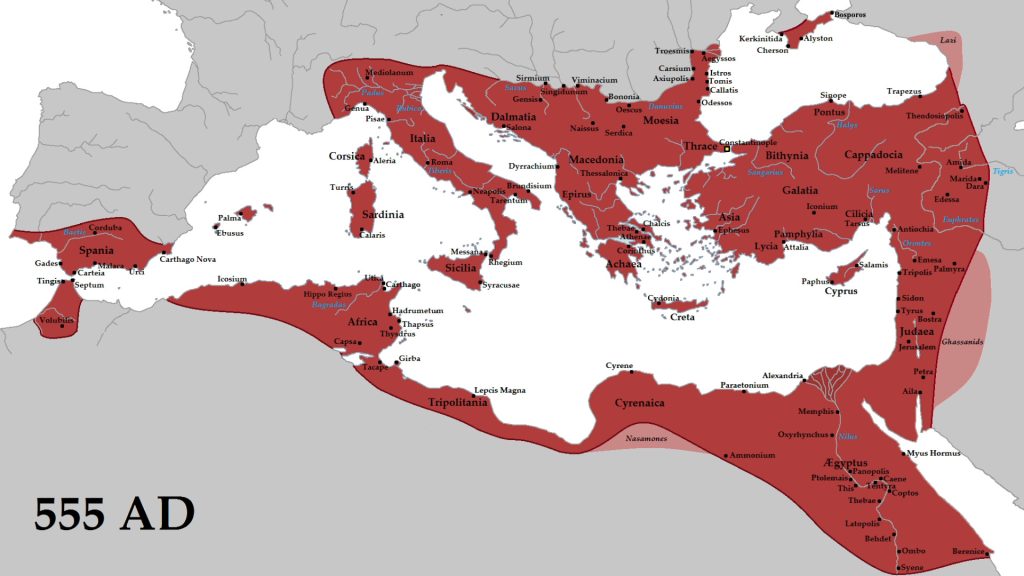
The Ottomans began expanding their power in the early 14th century throughout modern-day Turkey, and they reigned the area for hundreds of years. It wasn’t until the late eighteenth century that the power of the Ottoman empire began to decline, with many attempts to strengthen its integrity failing.
The Twentieth Century Saw Many Changes
The modern Republic of Turkey is a relatively recent development. After WWI, the Turkish National Movement was triggered, which led to the Turkish War of Independence. The 1923 Treaty of Lausanne led to international recognition of the newly developed Turkish state after the formal end of the Ottoman Empire.
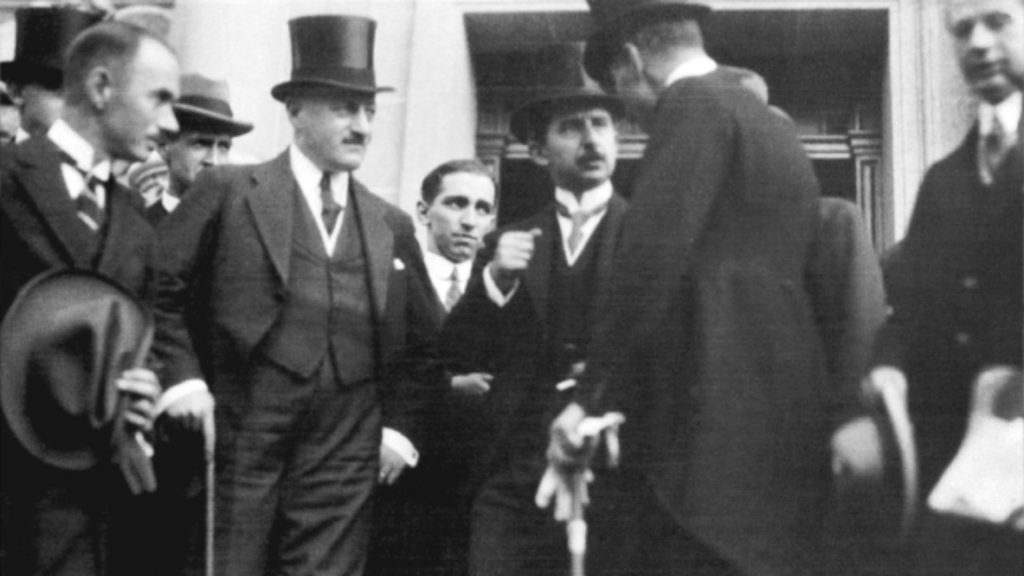
The twentieth century saw Turkey transition from a largely religious-based monarchy to a Parliamentary Republic under a secular constitution. Turkey became a charter member of the United Nations in 1945, and proceeded to join NATO in 1952, cementing a place on the world stage, both politically and militarily.
Tourism Plays an Important Part
Despite all that, Turkey is a beautiful country that brings in a great deal of tourism every year. Many people come from around the world to visit Turkey for its historical and religious significance, and tourism has become an incredibly important part of the Turkish economy, both in terms of revenue and good press.
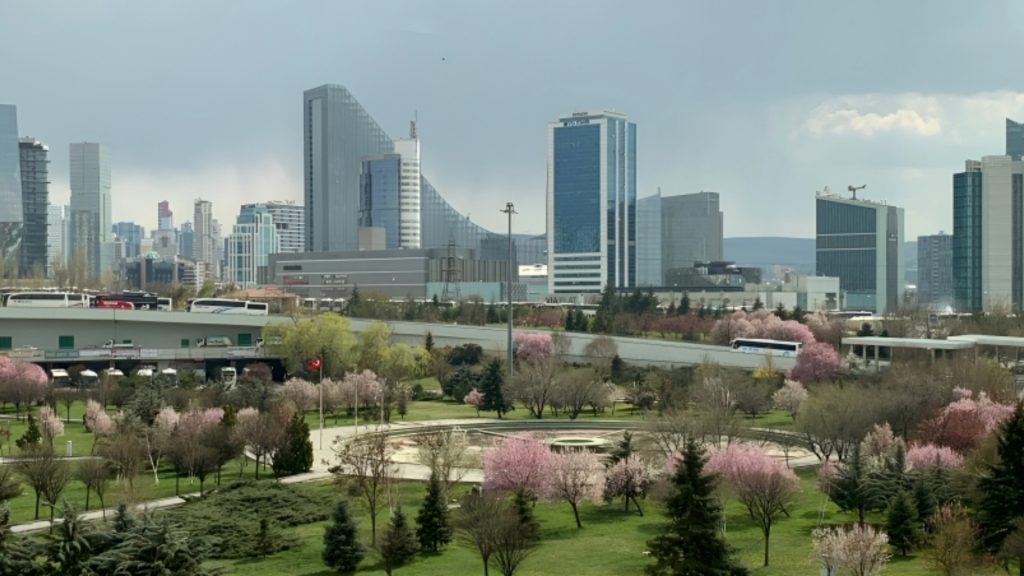
In fact, since 2021 Turkey has been listed as the fourth-most visited country in the world, drawing more than 50 million tourists to the country every year. Istanbul in particular is a large draw for foreign visitors, both as a luxury destination and for its status as capital of the Byzantine and Ottoman Empires.
Fascinating Secrets Lie Below the Surface
While Turkey is a beautiful country with many hotels and historical sites for visitors to frolic, there is more to be seen than just what’s on the surface. Turkey is also known for its plethora of underground cities, many of which were used as shelters during the various religious wars that took place on the surface.
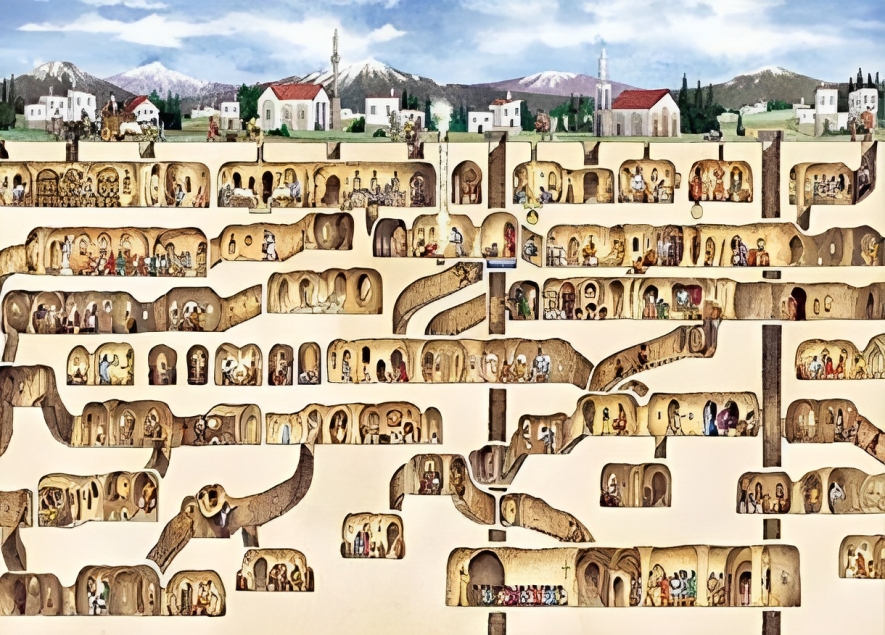
That would be fascinating enough on the face of it, if not for the fact that many of these spaces are still being excavated and explored. The most recent discovery of an ancient city in Turkey occurred in 2014, in a highly unlikely place.
An Unlikely Discovery
A homeowner was doing some renovations on their home in Anatolia, Turkey, in 2014, when they discovered abandoned tunnels in the ground underneath their home. Anatolia is the single largest land mass in modern day Turkey, and constitutes most of the area of the country. This person, Mustafa Bozdemir, recounted the discovery in an interview shortly after it was found.
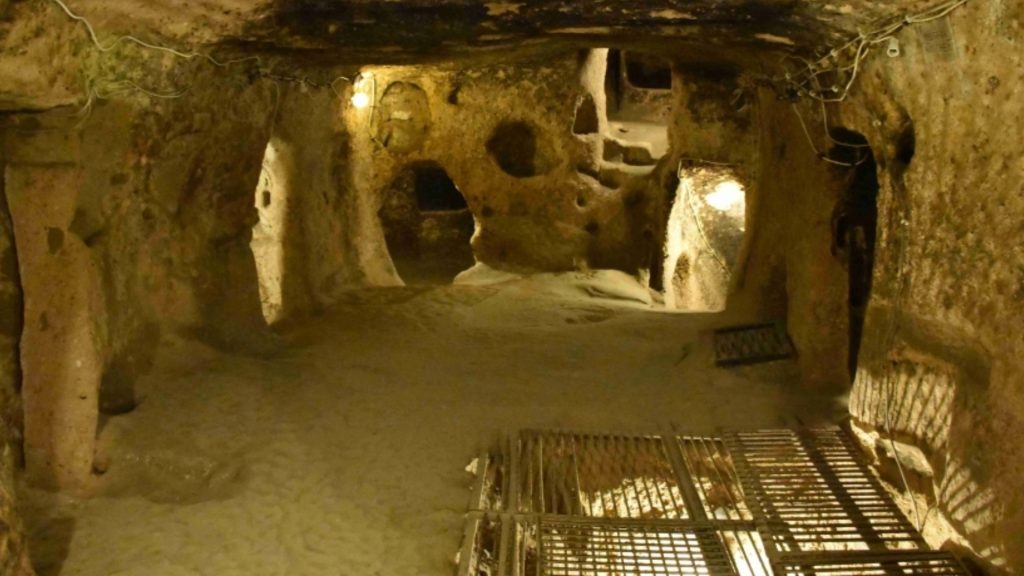
According to Bozdemir, the builders were tunneling under his home when they encountered the entrance to a tunnel only a few feet below the ground. The workers were puzzled, and brought the discovery to the attention of Bozdemir before going further.
Curiosity Regarding the Purpose of the Tunnels
In his interview, Bozdemir confesses that he thought that the space underneath his home may have been for food storage or possibly a stable beneath the house. When the builders continued on through the tunnel with his blessing, though, what they discovered was much more astonishing.

Instead of a small storage space or even a stable where livestock could be kept, what the builders and Bozdemir discovered was that there, underneath his home, was an entire hidden city that nobody had known about. He was astonished, and immediately reported the finding to the city.
Officials From the State Immediately Came to Investigate
Representatives from the governor’s office, as well as the Culture and Tourism Directorate, were immediately sent out to investigate the finding. After an initial examination, Bozdemir was given the go ahead to continue his work under the home, and the team that had been hired to do renovations quickly started to excavate.
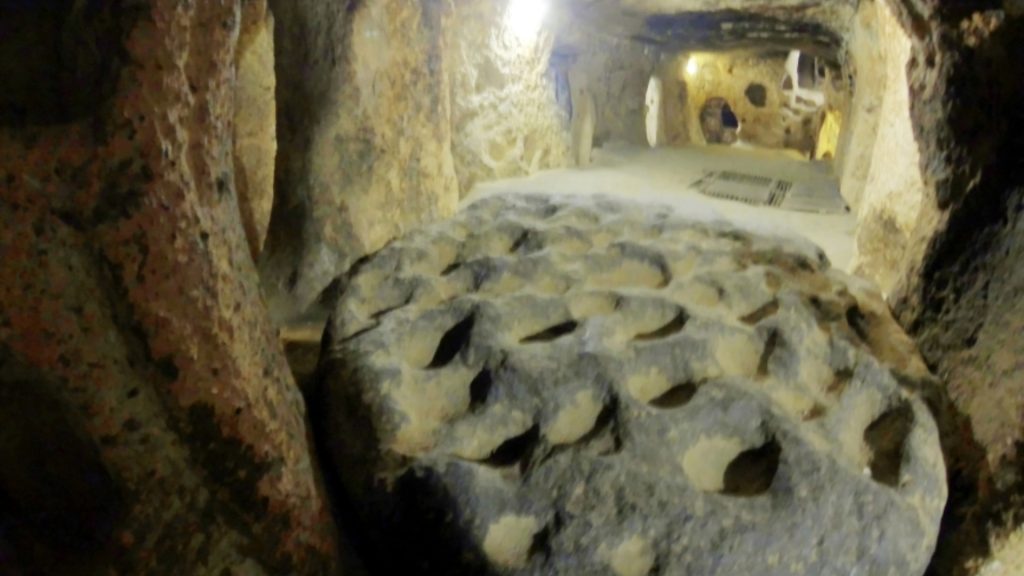
What they discovered was astonishing. Room after room was slowly uncovered and cleaned out, with more than 100 truck loads of soil being removed from the underground structure. Multiple rooms over several stories were revealed, making this an incredible discovery of modern archaeology.
An Ancient Discovery
State officials believe that the underground city was active during the Roman, Byzantine, and Seljuk periods in Turkey, with a purpose that is yet to be determined. Over the course of the excavation, along with debris, several dead bodies were uncovered and had to be disposed of.
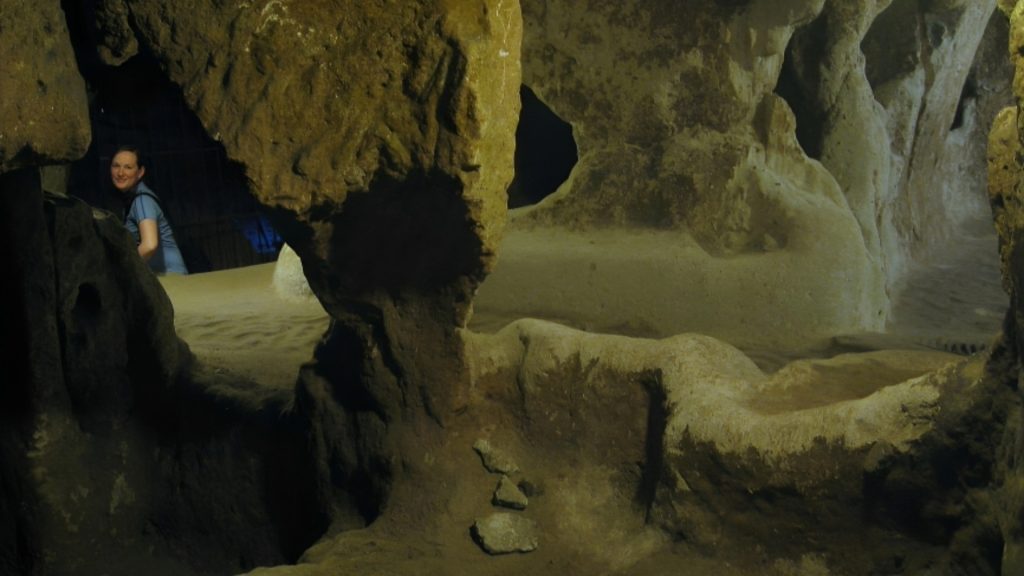
City officials were heavily involved in the excavation of the underground city beneath Bozdemir’s home. They even went so far as to contribute the equivalent of $420,000 to the restoration of the underground city, underscoring what a significant discovery this is.
Great Publicity for Turkey, and Bozdemir
The local Mayor, in a statement, informed the press of the discovery and emphasized his gratitude to Bozdemir for bringing it to the city’s attention. He said that he and others familiar with the matter are hopeful that this underground city will be connected in some way to the neighboring regions of Turan, Gesi, and Zincidere.
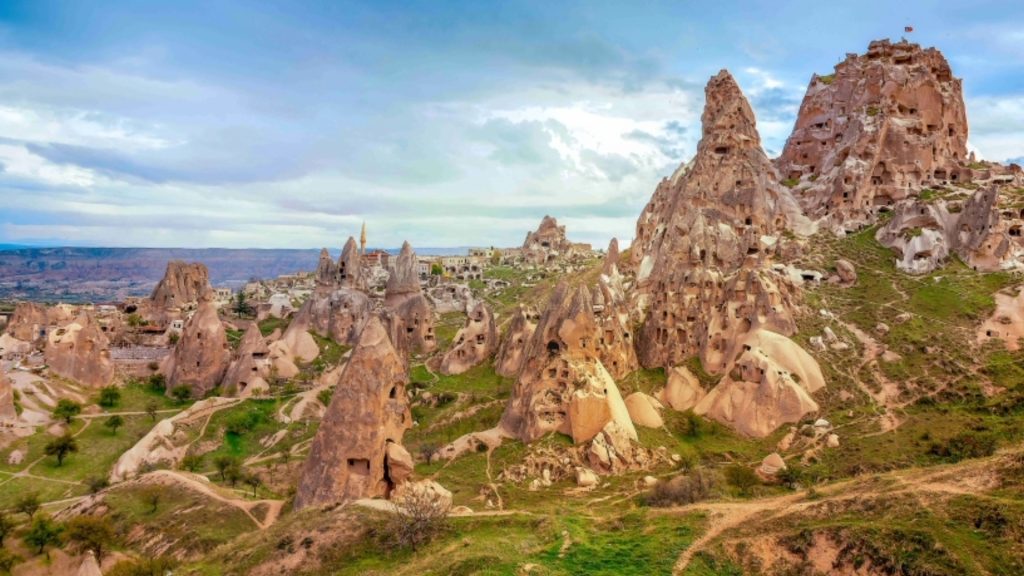
This is a truly remarkable discovery, but it is far from the only one of its kind. The Anatolia region of Turkey is known for having the most remarkable underground networks in the world. One of the most significant and famous underground cities is a structure called Derinkuyu.
An Underground City to Rival Earthbound Ones
Derinkuyu is astounding not just for the fact that it exists at all, but for the sheer size of it. The underground city spans eleven levels underground, has over 600 entrances into the dozens of rooms, and has the capacity to store up to 20,000 people if ever necessary.

It is believed that Derinkuyu was first carved out of underground caves that formed in the soft volcanic rock of the region sometime around the eighth century B.C.E. As the city above it formed and was established, the underground structure was expanded and built upon by a variety of visitors.
Expansion to Meet Demand
Over the years, the underground city was the home to various types of people including Christian settlers, Arab Muslims during the Arab-Byzantine wars, and refugees from the Ottoman empire. More rooms with different functions were added with each new wave of residents, eventually leading to the enormous underground city that can be seen today.
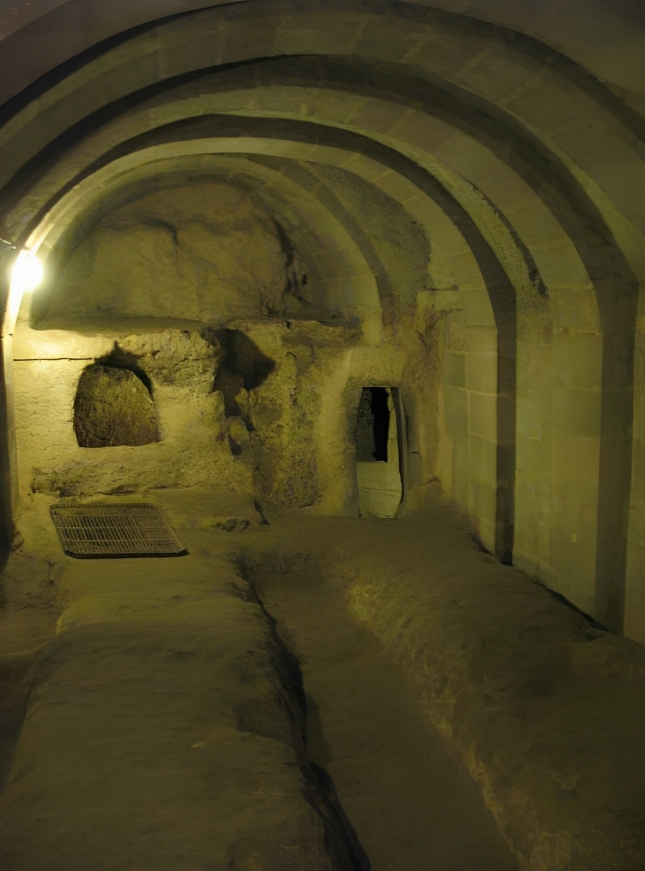
The various rooms of the Derinkuyu underground city have functions that span a variety of needs. There are stables and food storage and chapels and living spaces, all of which were used for the myriad purposes over centuries. The tunnels were actively in use until 1923 when the Christians were expelled from Turkey, at which point they were abandoned.
More Hope for Underground Tunnels
The tunnels under Derinkuyu were discovered again in 1963 after a resident discovered a mysterious room behind a wall in the home that he was renovating. Further investigation revealed the tunnels, and excavation began. The tunnels were opened to visitors six years later, in 1969, and about half the underground tunnel network was visitable in 2016.
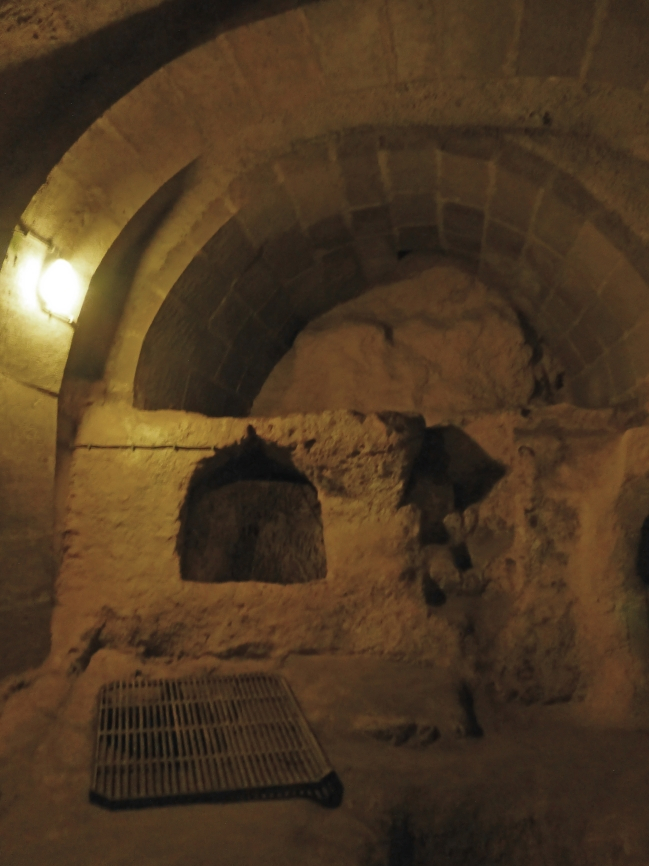
The modern discovery of the tunnels under Bozdemir’s home rivals the discovery of the Derinkuyu tunnels, in scope if not in size. Both were equally important revelations regarding the world beneath our feet, and it allows historians to hope that the underground world has yet more secrets to reveal.
Many Paths Going Forward
The discovery of more underground tunnels has created a revival of interest in Turkey as a tourist destination. Bozdemir is hoping to open the network of tunnels under his home to visitors, and if the tunnels extend to other underground networks like city officials hope, it could be a significant draw to the region.
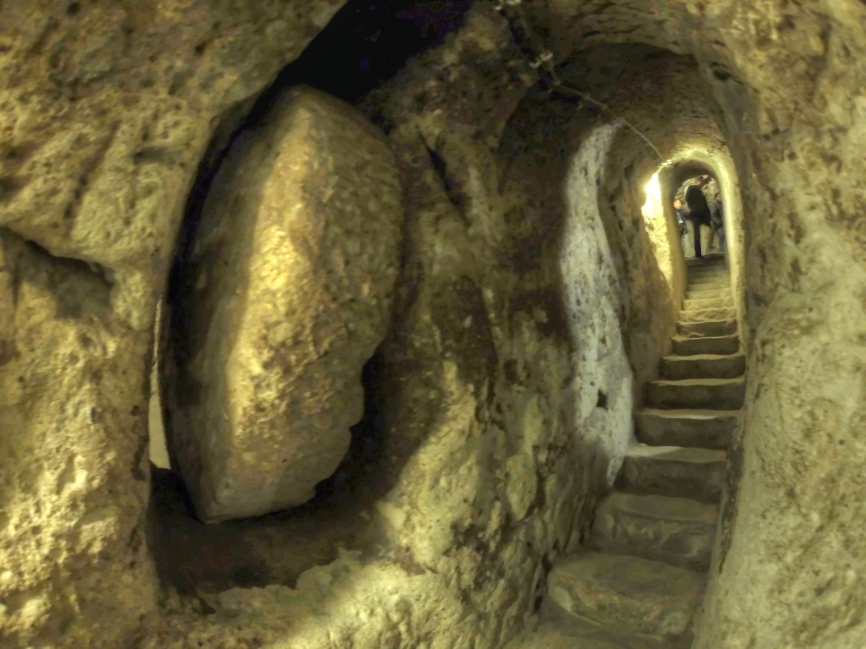
Regardless of the ultimate status of the tunnels, the fact that they exist at all after so many years is something to marvel at. The tunnels could have collapsed or faded away at any point in the last several thousand years that they have existed. The fact that they’re still around to excavate is evidence of the permanence of our legacy, and a reminder to do something future historians could be proud of.



